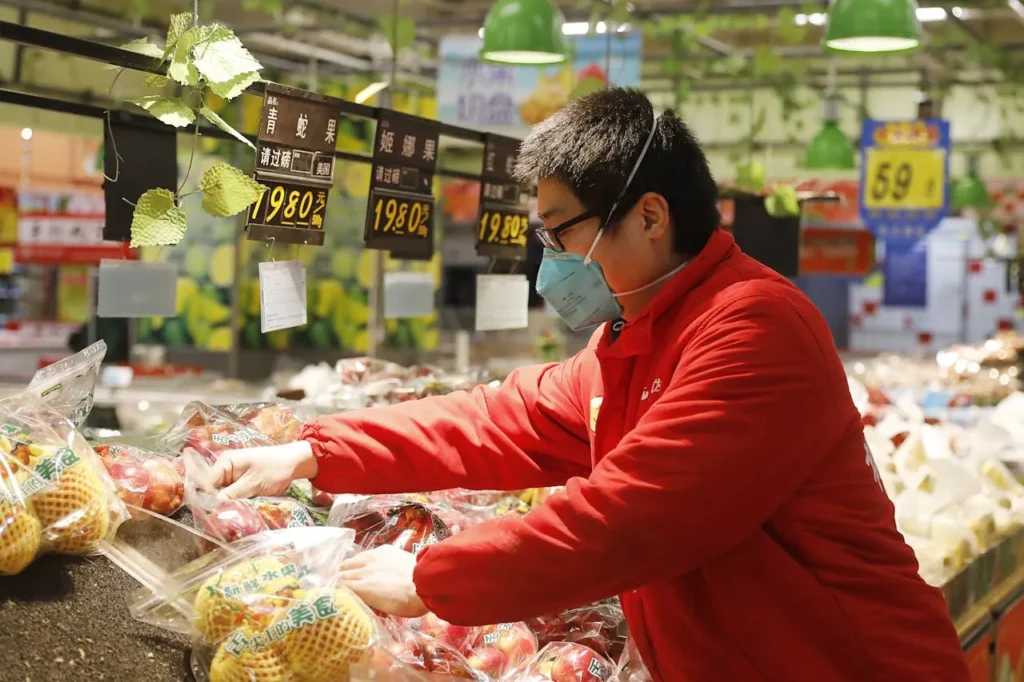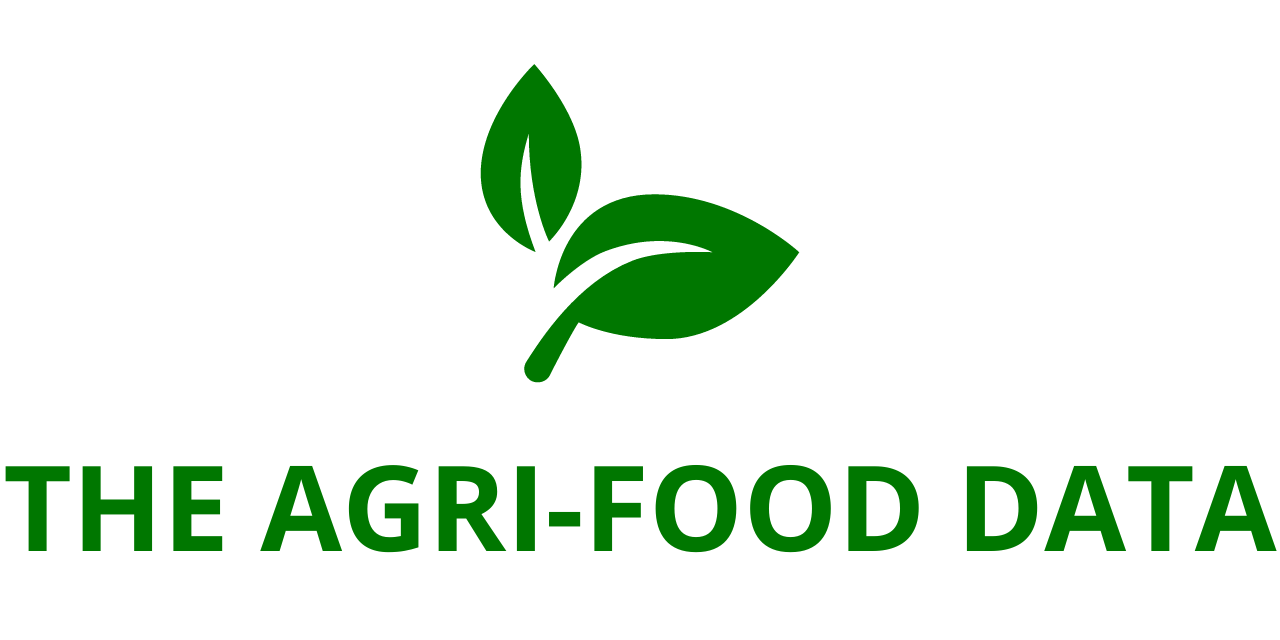
In a significant step toward bolstering food safety initiatives across the food and beverage industry, Neogen® Corporation (NASDAQ: NEOG) has announced the launch of the Second Edition of the Neogen Environmental Monitoring Handbook. This expanded and updated guide, released in conjunction with World Food Safety Day, provides critical insights and science-backed strategies aimed at helping food manufacturers and safety professionals strengthen their environmental monitoring programs and reduce contamination risks across production environments.
A Timely Resource for an Evolving Industry
As food safety expectations evolve worldwide, manufacturers are under increasing pressure to implement proactive measures to identify, control, and prevent contamination risks. Environmental monitoring—an essential component of modern food safety programs—plays a pivotal role in ensuring sanitation effectiveness, protecting product integrity, and meeting regulatory requirements.
Neogen’s latest handbook reflects this growing need, offering a more comprehensive and practical approach to environmental monitoring. Building on the strong foundation of its widely used first edition, the Second Edition Handbook introduces new guidance on several key areas, including:
- Using environmental monitoring to validate non-process controls and prerequisite programs
- Implementing best practices for conducting root cause analysis following contamination events
- Leveraging data management and analytics to drive continuous improvement in food safety programs
Practical Guidance Backed by Scientific Expertise
“Environmental monitoring continues to be one of the most powerful tools available to food manufacturers for identifying and mitigating contamination risk,” said Cari Lingle, Senior Manager, Global Learning Experience at Neogen. “This new edition is designed to provide food safety professionals with the practical tools and expert guidance they need to elevate their programs with confidence.”
The handbook is written for both new and experienced professionals involved in food safety and sanitation, delivering a practical blend of real-world scenarios, actionable insights, and scientifically grounded recommendations. With increasing emphasis on risk-based controls, preventive strategies, and data utilization, the updated handbook serves as a roadmap to not only meet compliance standards but to achieve operational excellence.
Collaboration with Food Safety Experts
The expanded content in the second edition reflects collaboration between Neogen and prominent academic and industry experts. Among them is Dr. Martin Wiedmann, Gellert Family Professor of Food Safety at Cornell University, a leading voice in microbial food safety and environmental monitoring strategies.
“Environmental monitoring is a critical strategy for promoting food safety and quality,” Dr. Wiedmann stated. “It has been a pleasure to work with Neogen in expanding the scope of this handbook. Our goal is to empower food safety professionals with an integrated and holistic approach—one that connects monitoring activities with other safety systems to create a comprehensive risk mitigation strategy.”
According to Dr. Wiedmann, an effective environmental monitoring program goes far beyond regulatory compliance. It supports continuous improvement, enhances brand protection, and builds consumer trust by addressing root causes of contamination, rather than simply reacting to them.

Key Highlights of the Second Edition
The Second Edition Neogen Environmental Monitoring Handbook introduces several new elements designed to support next-generation food safety programs:
- Chapter on Validating Non-Process Controls: Provides detailed guidance on how to assess the effectiveness of sanitation standard operating procedures (SSOPs), employee hygiene, facility zoning, and other prerequisite programs that are foundational to a safe food production environment.
- Root Cause Analysis Best Practices: Offers tools and methodologies to identify systemic causes of contamination incidents and implement long-term corrective actions, helping facilities avoid repeat events and ensure regulatory compliance.
- Data Utilization in Environmental Monitoring: Recognizing the increasing role of digital tools and data analytics, this section helps users learn how to turn environmental monitoring data into actionable insights, improve decision-making, and support a culture of continuous food safety improvement.
In addition to the new chapters, the handbook maintains its user-friendly layout and practical tone, making it an accessible and essential reference for quality assurance managers, sanitation supervisors, microbiologists, regulatory professionals, and plant operations teams.
Reinforcing Global Food Safety on World Food Safety Day
The release of the Second Edition Handbook is especially timely, aligning with World Food Safety Day—an annual global initiative spearheaded by the World Health Organization (WHO) and the Food and Agriculture Organization (FAO) of the United Nations. This year’s theme emphasizes the importance of food safety across the entire supply chain, from farm to fork.
Neogen’s decision to release the updated handbook in tandem with this global event underscores its continued commitment to advancing food safety through education, innovation, and scientific excellence.
“By providing this updated resource, we aim to help manufacturers build more resilient and proactive food safety systems,” said Lingle. “Our focus is not only on compliance but on enabling companies to create cultures of safety that support sustainable growth, operational efficiency, and public health.”
A Trusted Leader in Food Safety Solutions
Neogen has long been recognized as a global leader in food safety technologies and support services, offering a diverse portfolio that includes rapid pathogen detection kits, sanitation monitoring tools, allergen testing solutions, and more. The company’s educational resources—such as the Environmental Monitoring Handbook—complement these solutions by empowering professionals to apply best practices and make informed decisions on the production floor.
This second edition adds to a growing body of practical tools developed by Neogen to meet the increasingly complex needs of the food and beverage sector, particularly in light of evolving regulations such as the U.S. FDA’s Food Safety Modernization Act (FSMA) and international standards like ISO 22000.





